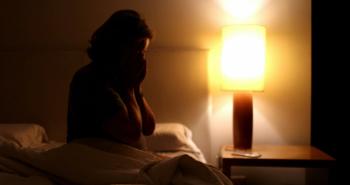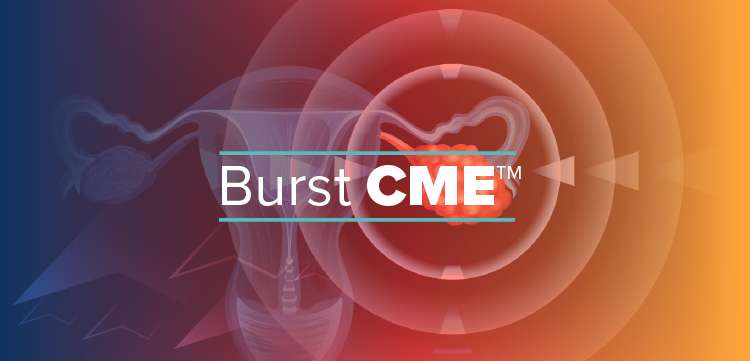
News: Experts' evaluations of cervical images often differ
Experienced colposcopists' evaluations of cervical lesion grades based on static digital images have fair to poor reproducibility.
Experienced colposcopists' evaluations of cervical lesion grades based on static digital images have fair to poor reproducibility, according to a report published in the June issue of Obstetrics and Gynecology.
L. Stewart Massad, MD, of Washington University School of Medicine in St. Louis, and colleagues analyzed whether 20 colposcopists at four major medical centers agreed on the presence or absence of acetowhite lesions, as well as other characteristics, based on static digital cervical images of 862 women with borderline cytology results. Each image had at least two evaluators.
Experienced colposcopists' visual estimation of lesion grade was poorly reproducible, as was their ability to score cervical images for severity of disease, the investigators report. In 607 images with available data from both evaluators, both evaluators agreed that atypical lesions were absent in 86% of cases, and agreed they were present in only 1% of cases, while they disagreed in 13% of cases. The authors assessed colposcopists agreement on the identity of acetowhite lesions as "only fair."
Massad LS, Jeronimo J, Schiffman M, et al. Interobserver Agreement in the Assessment of Components of Colposcopic Grading. Obstet Gynecol. 2008;111:1279-1284.
Newsletter
Get the latest clinical updates, case studies, and expert commentary in obstetric and gynecologic care. Sign up now to stay informed.
















